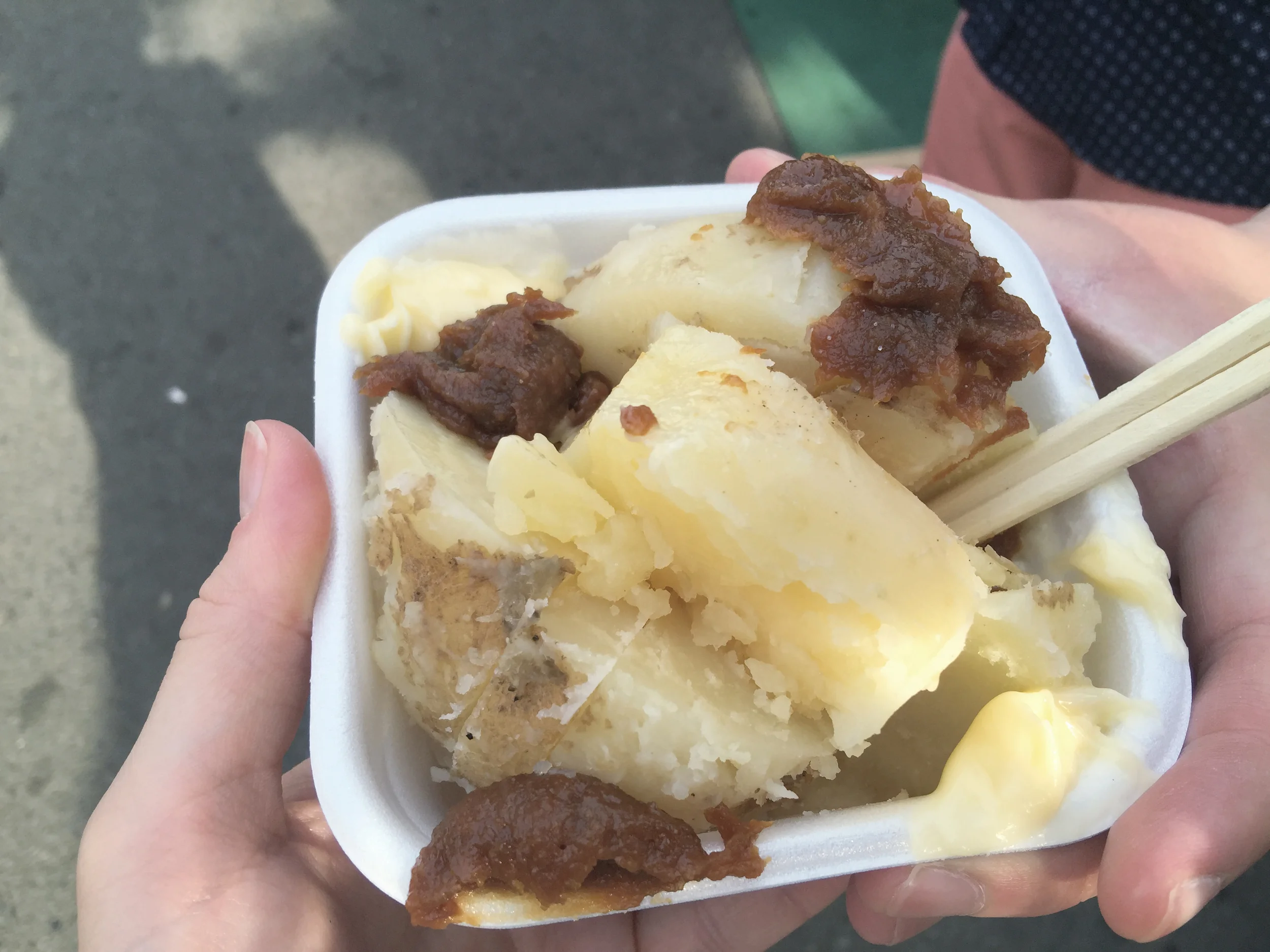Japanese love Disney and Disney products, so when it comes to their version of the Happiest Place on earth, it is a game-changer. If this is your second trip to Tokyo, then the DisneySea park is an irrefutable must-see. And plan for the whole day, because you need the entire day to truly experience all the wonders it has to offer.
Word of advice: get up early! I am not a morning person, but for DisneySea I get up before the sun is up to try to make it right for the opening. It gives me a chance for a shot at the fastpass for my top favourite rides. Japanese take their fastpass game seriously, and some of the most popular rides close their fastpass booths in just mere 15 minutes!
So what’s so special about DisneySea? Isn’t it just like any other Disney theme park? Well, yes and no. And here is why this one is special to us.
1. A getaway from Tokyo
Don’t get me wrong, I absolutely love Tokyo. But sometimes, for a day, I want to escape to somewhere different, somewhere brimming with excitement. Don’t we all? And DisneySea does that best. It is a true theme park that lives up to its name. It is not just about the attractions, but also the experience. The minute you disembark the Disney Resort Line (a themed monorail train connecting the Disney theme parks and hotels in the area) you are automatically transported into a world of imagination, discovery, and adventure. But don’t take my word for it, come and see for yourself. (=^▽^)σ
So what makes it so special in comparison to other Disneyland parks, you ask? Well, for starters, it is not your typical Disney theme park as it doesn’t feature any of the iconic Disney fairy tale castles. Instead what greets you is a majestic Mt. Prometheus, an erupting volcano, ready to go off at every hour. This is quite fitting, as DisneySea is all about the adventure—bringing you to the spectacular nautical corners of the world: Mediterranean Harbor, American Waterfront, Port Discovery, Lost River Delta, Arabian Coast, Mermaid Lagoon, and last but definitely not least ...
2. Mysterious Island
Hidden and isolated within the towering Mt. Prometheus rock walls, Mysterious Island is a magnificent tribute to the classic Jules Verne’s adventure novels. Set in the futuristic 19th century setting, this part of the park is a true steampunk heaven, transporting you into the age of new discovery and exploration. The design elements in the details are stunning and awe-inspiring. Situated on what seems to be a man-made construction above the sea within the volcano, Mysterious Island is ready to take you on the adventures of exploring the earth’s core and the deepest depths of the sea. Take an excursion on the Journey to the Center of the Earth or the 20,000 Leagues Under the Sea—two of some of the best and unique rides that Disney park has to offer.
3. Photographers’ playground
The DisneySea theme park’s architectural design is beyond beautiful. It’s iconic, vibrant, magical structures against the backdrop of the shimmering water canals and colourful cast members alongside park’s personnel in character uniform are what brings the magic to this park. It’s all in the details. Even the dustbins are a work of art! And if you love photography, DisneySea gives you a hella playground to play in!
Mediterranean Harbor
American Waterfront is filled with the passion of the roaring 20s. The details in the grunge meets glamour architecture, the energetic atmosphere, the colourful early century rolling motor vehicles, and even the 20th-style department store decor inside the souvenir shops—everything transports you back in time.
Arabian Coast’s magical rooftops, narrow streets, and colourful persona gives you a sense of an exotic backpacking adventure in a land of stories as old as time.
4. A place to chill
The DisneySea, in comparison to other Disney parks, has a laid-back sort of vibe. It feels like a place where you can slow down, chill out, and simply enjoy the scenery. There are times when we visit and only go on one or two rides, yet it never feels like we are missing out. Coming here even if just to enjoy the scenery and good food is more than enough and absolutely worth it.
5. For adults and couples
Speaking of food and chilling out, did you know they have beer and other alcoholic beverages in the park? Between the two Tokyo Disney parks, DisneySea is definitely geared more towards adults and couples. There are of course kids present, but in comparison to Tokyo Disneyland, there are not a lot of them here. So if you feel like you might be too old for a theme park, don’t fret as DisneySea seems to have been designed with the mature audience in mind.
6. Quirky fashion trend
On our recent trip to DisneySea this month there seemed to be a new fashion memo that unfortunately we didn’t get. It seemed like most of the couples and even groups of friends were all dressed in matching outfits! No, I am not talking about matching Disney t-shirts that you can buy at a gift shop and put on to blend in. I am talking about full on matching clothing. There’d be pairs, groups of three or five, couples, and double dates all dressed in matching clothing. All-girl groups, I am sure, had an easier time coordinating. However, my favourite ones were the couples and their creative ways to match each other’s ensembles. At first I wasn’t sure about this fashion movement, but as the day went on I found something intriguing about it, and even began to feel left out. Well, there is always next time.
Here is a well matched couple.
7. Snack game
Let’s just say snacking in DisneySea is what it’s all about. Their snack game, or specifically popcorn game, is crazy good! From the moment we stepped onto the park’s grounds till the end of the day I had a popcorn cup in my hand. Can you blame me? There are caramel, chocolate, white chocolate, salt, and my favourite black pepper and curry flavours, to name a few! Oh, and don’t forget that there are also special seasonal limited edition flavours throughout the year.
Other than popcorn, you’ll be sure to find churros, mountains of ice cream, smoked spicy chicken, smoked turkey legs, and other classic street food scrumptiousness.
This was my highlight drink of the day: the sparkling mango juice with tapioca and jello. Not one bubble out of place! I would go back in a heartbeat just to have it again!
Tower of Terror
8. Attractions for all ages
There is literally something for everyone! I, myself, am not much of a roller-coaster gal. And having acrophobia often leaves me left out at attraction parks. Not here though! Here there are great attractions for all ages, heights, and fears (or lack of them). If you are a thrill seeker, then the Tower of Terror, Raging Spirits, and Journey to the Center of the Earth are for you. And if you are like me, who loves the excitement of a fast ride, but without the free-falling aspect, then try the Indiana Jones Adventure: Temple of the Crystal Skull or the Toy Story Mania!, which is just plain old-fashioned fun! For the little ones, Mermaid Lagoon is packed with smaller kid-friendly rides. But don’t worry, there are plenty of adults like myself who are more than happy to stand in line to ride the Whirlpool—the Little Mermaid themed classic teacup ride.
Toy Story Mania! in Toyville Trolley Park
Port Discovery
A heavenly cooling mist on a hot summer's day.
Aquatopia
Warning: You do get wet!
Mermaid Lagoon
The Whirlpool
9. Parades and the spectacular night show
I’ve never seen anyone save a spot for a parade hours before it was happening at a theme park, except in Tokyo Disney parks. And I can see why. The parades here are beautiful and awesome. And if you stay till the end of the day, there is the Fantasmic! nighttime light show on the water, and a grand fireworks display to round off the day.
Pirates Summer Battle "Get Wet!"
Literally pouring water over the audience.
10. Souvenir paradise
If you are into shopping, or maybe just browsing the store merchandise, DisneySea will not leave you disappointed. Japanese take consumerism seriously. And it is not a surprise that at DisneySea they are truly great at it. Here you’ll find an amazing collection of some of the best Disney merchandise I have ever seen. Some are unique, beautiful, and eclectic. And some are sold exclusively only at a handful of Disney theme park stores around the world. Yes, I am talking about Duffy, the Disney Bear, and it’s recently added new friends. Or my personal favourite, Disney themed Tomica cars. There are Disney stores around Tokyo, but most of the time the merchandise sold at the park is exclusive to the park. So if you like something, know that you might not find it again after you leave the DisneySea grounds.
Final word: It was an extremely hot sunny day. But thankfully being located at Tokyo Bay, at times it was also quite pleasantly windy. Yours truly.
Trying to keep the wind from messing with my hair.
Almost got it. I think...
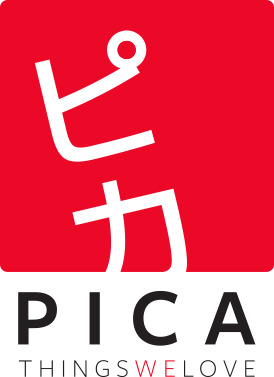

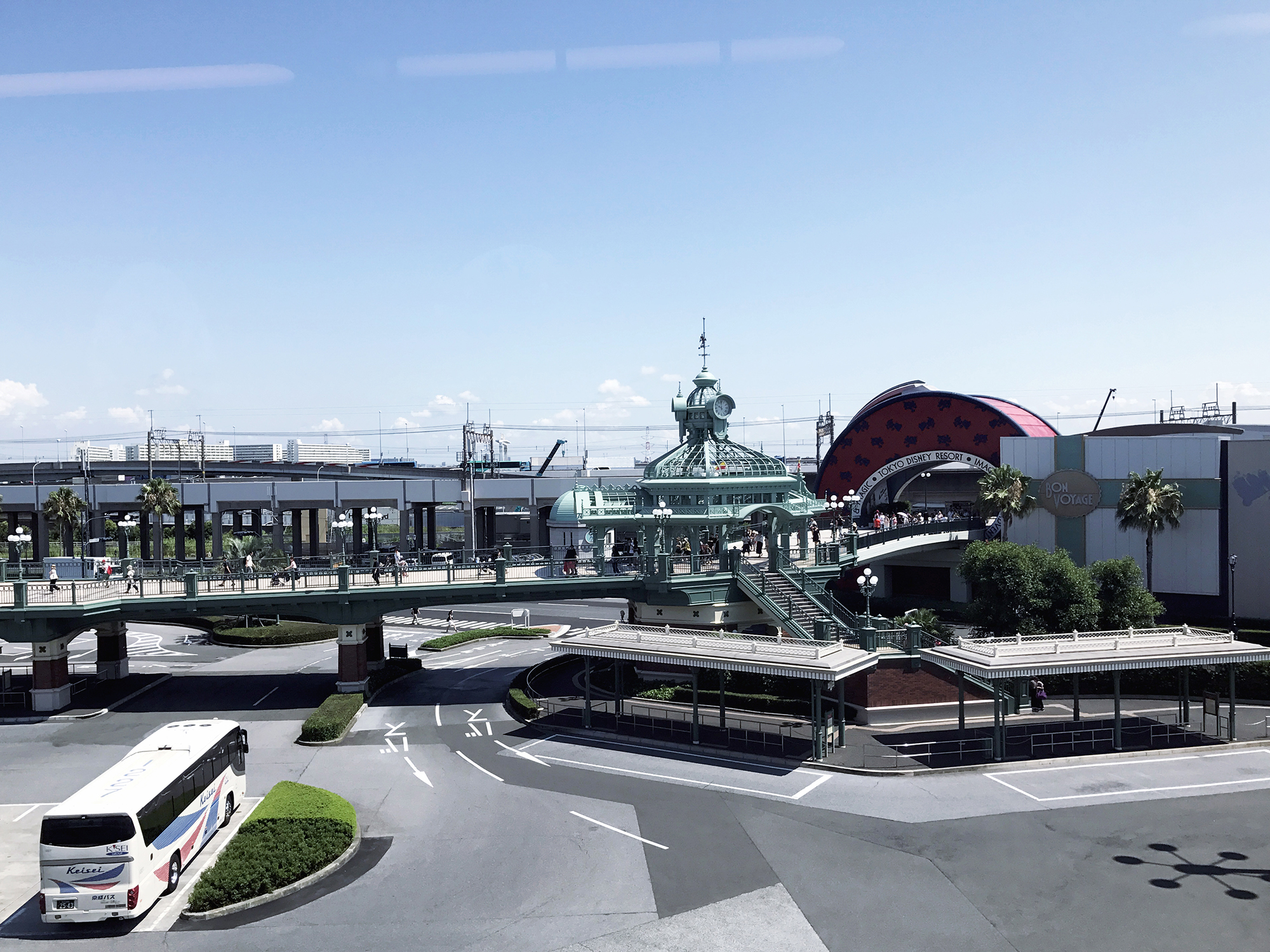










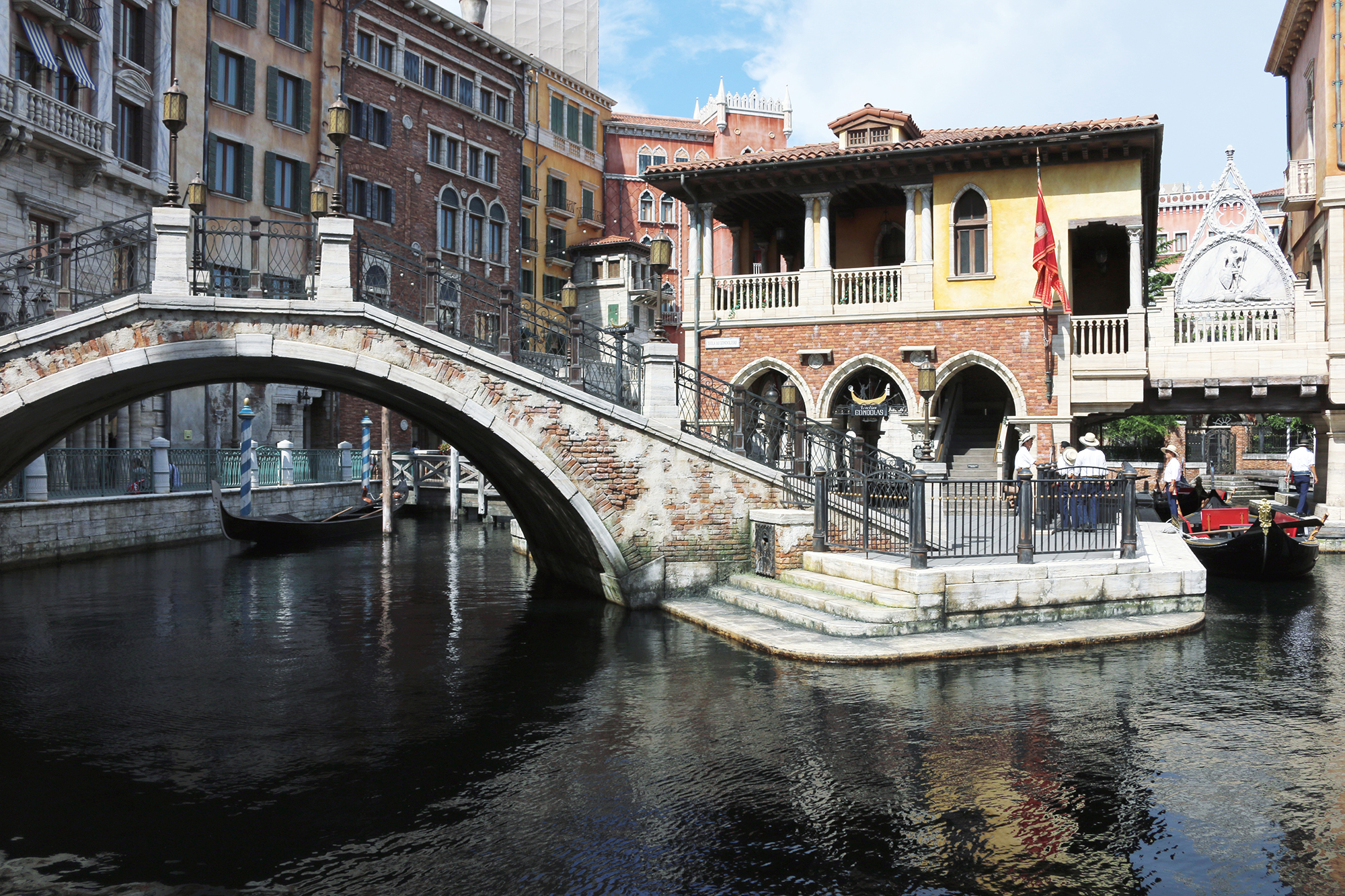










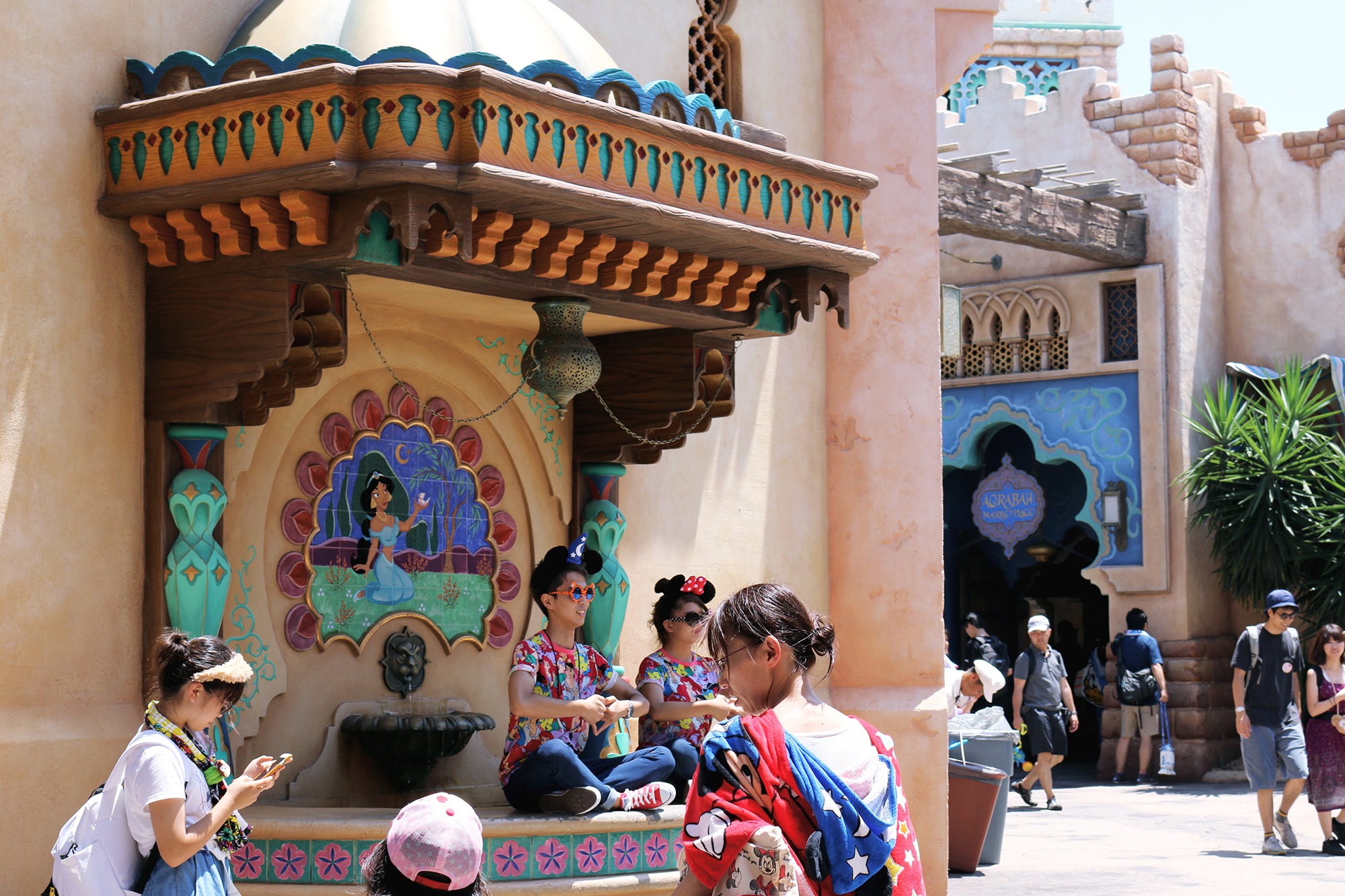
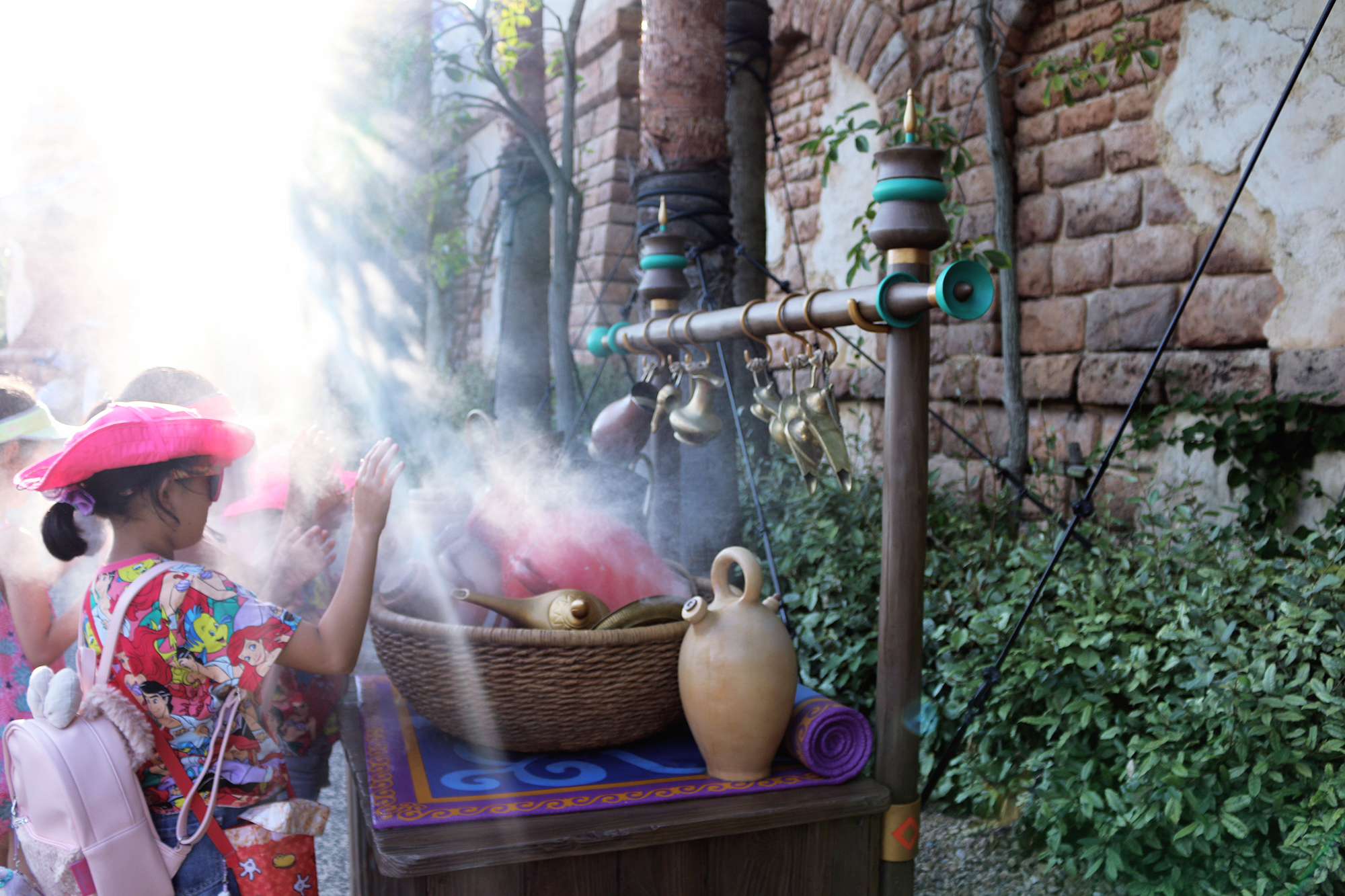
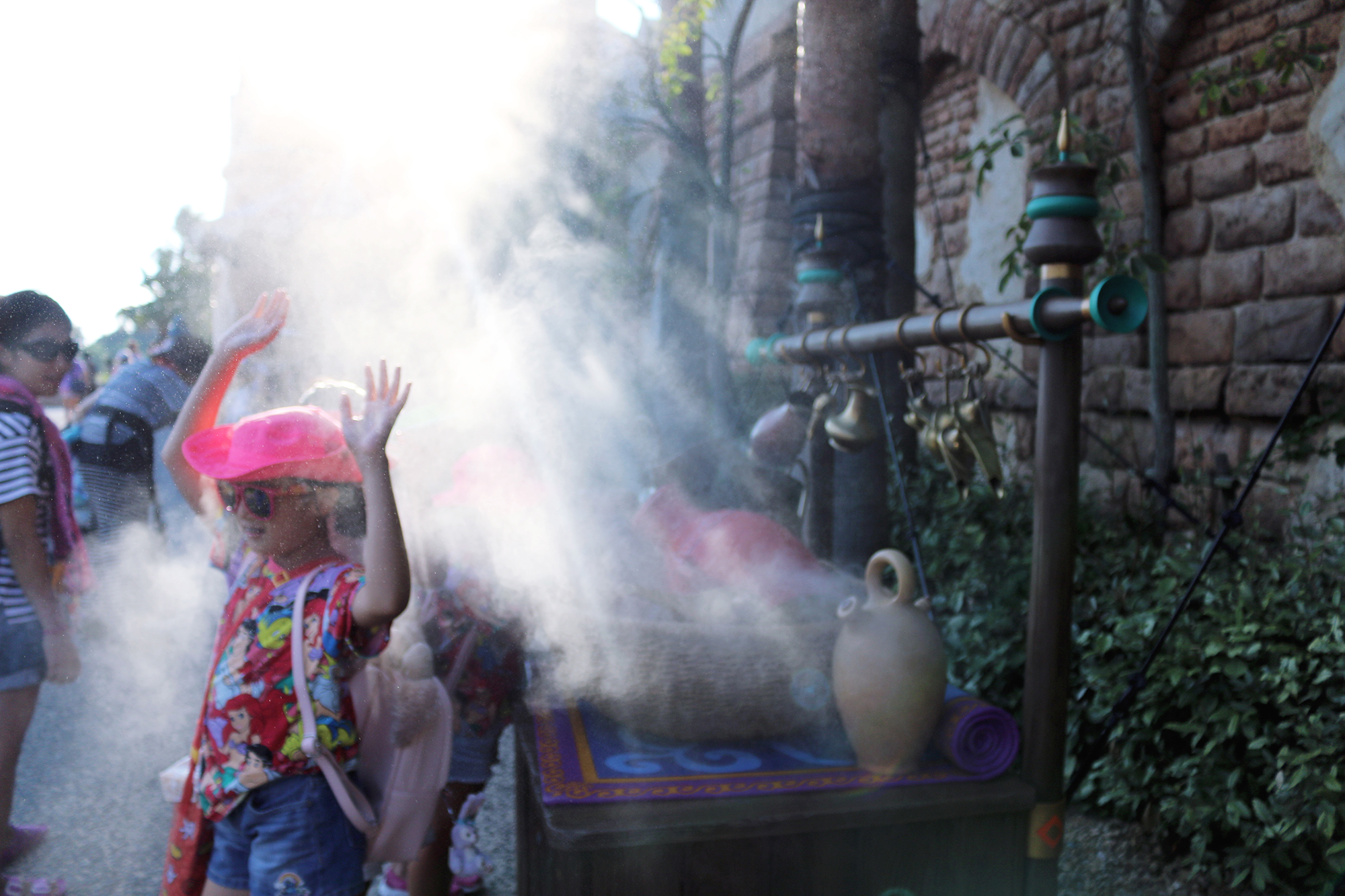









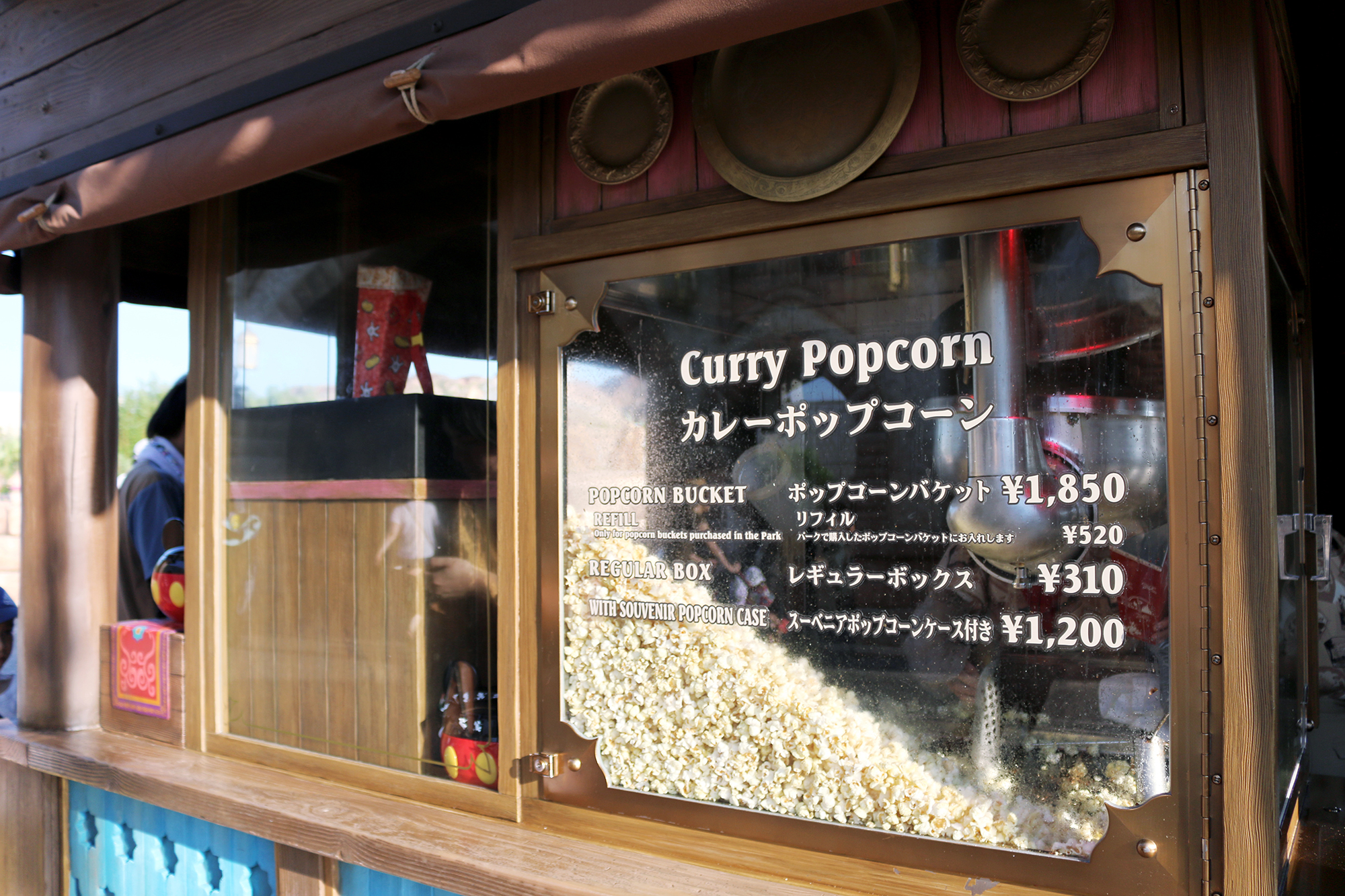

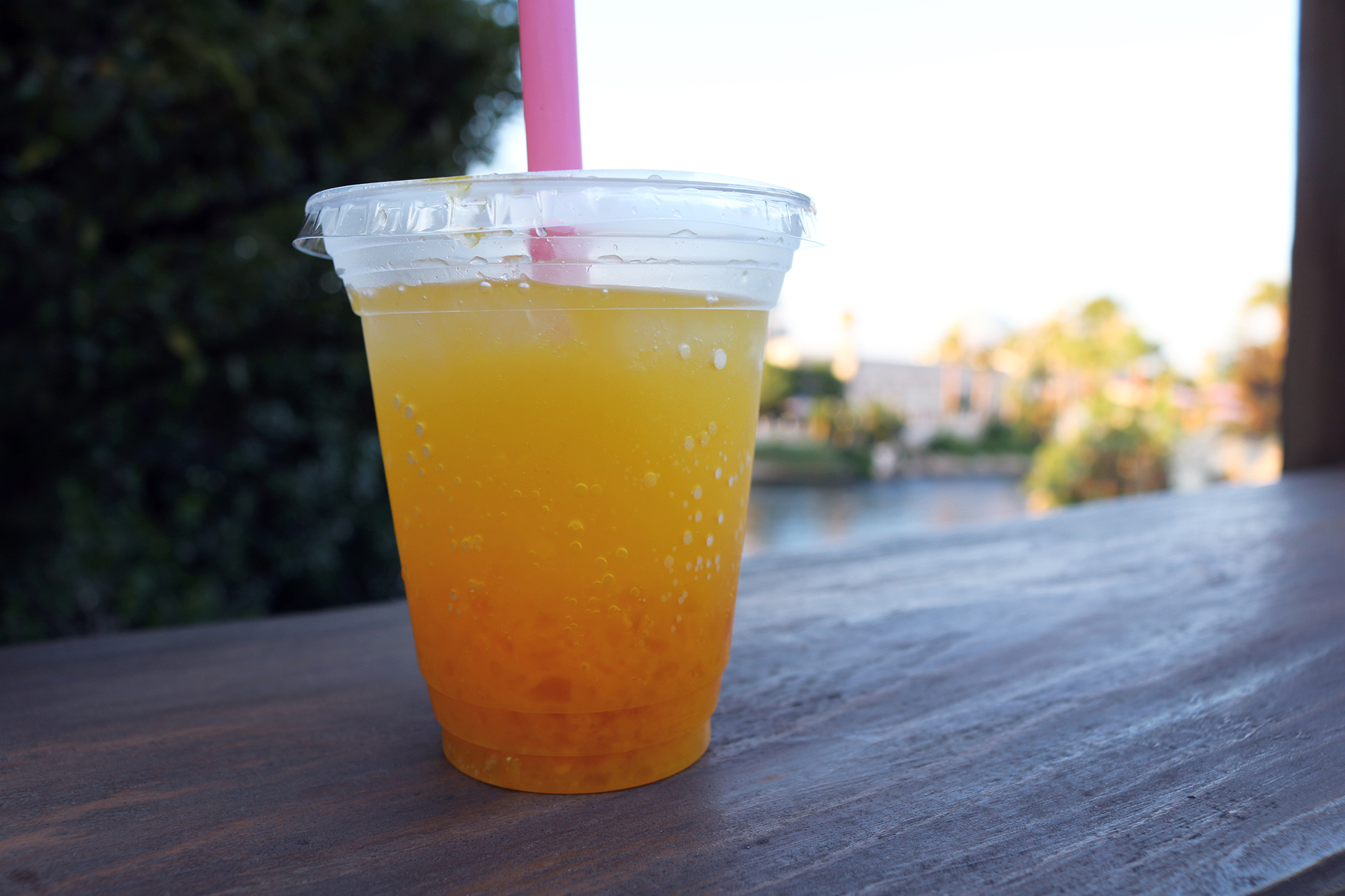






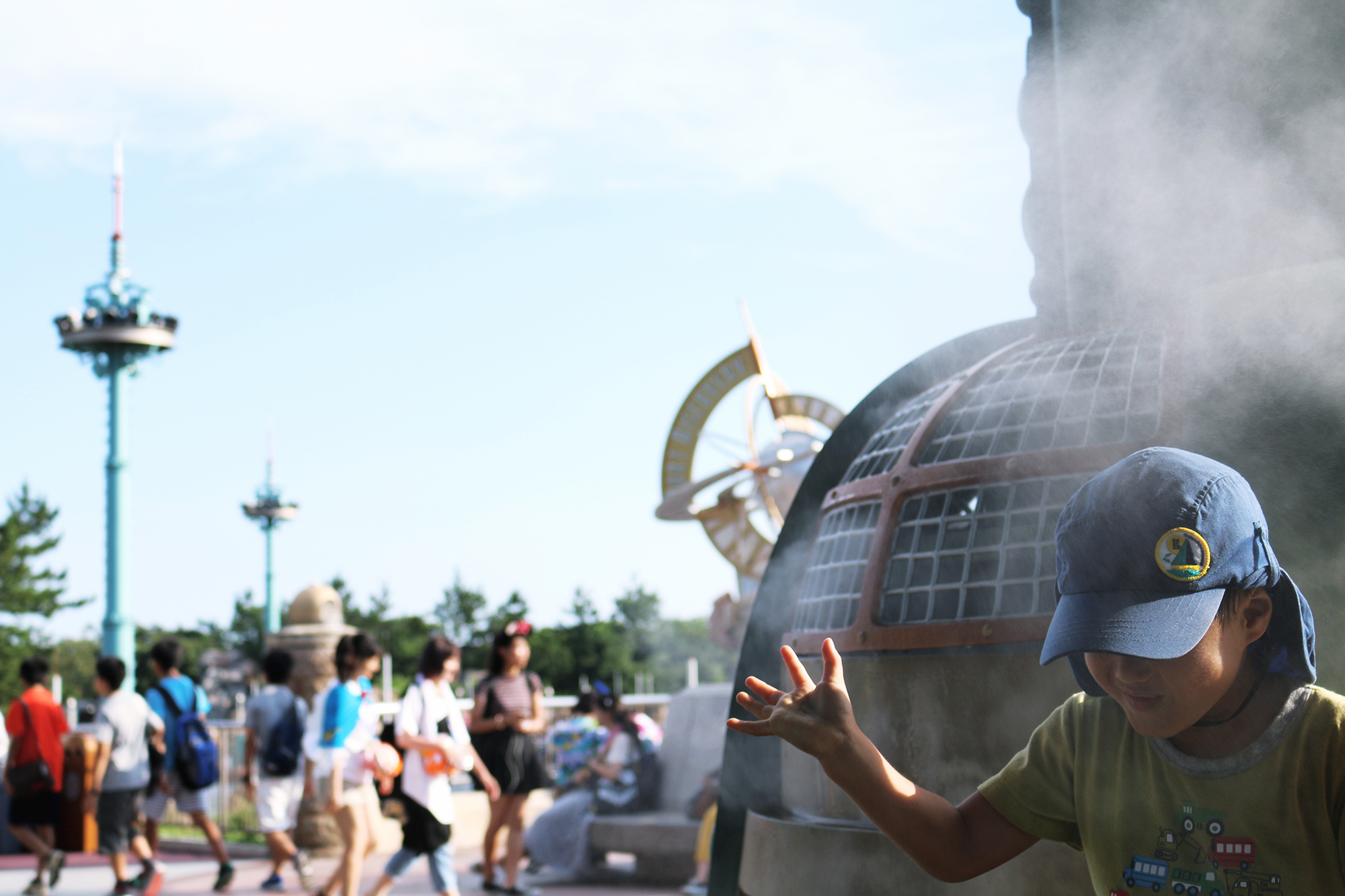



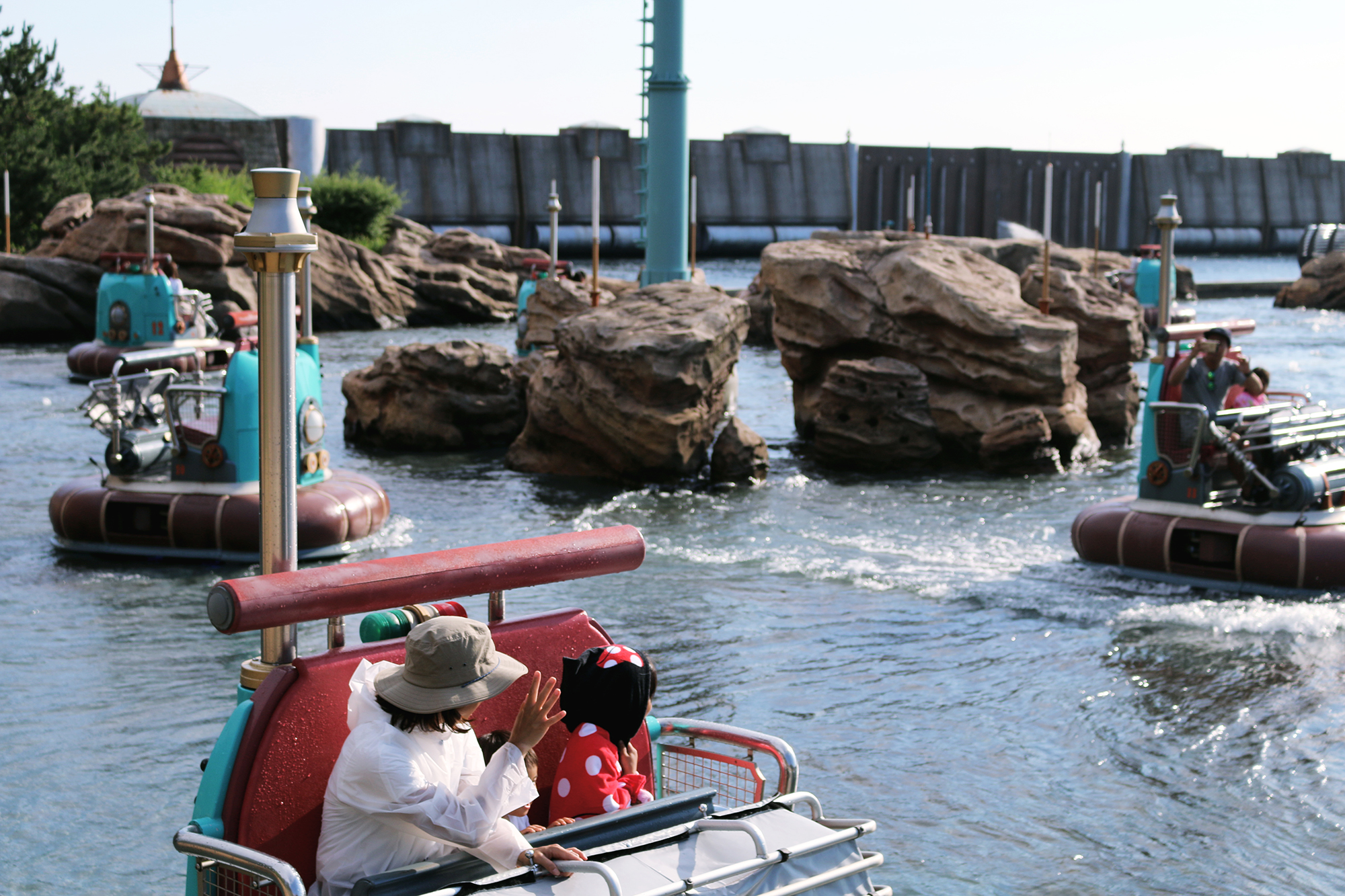













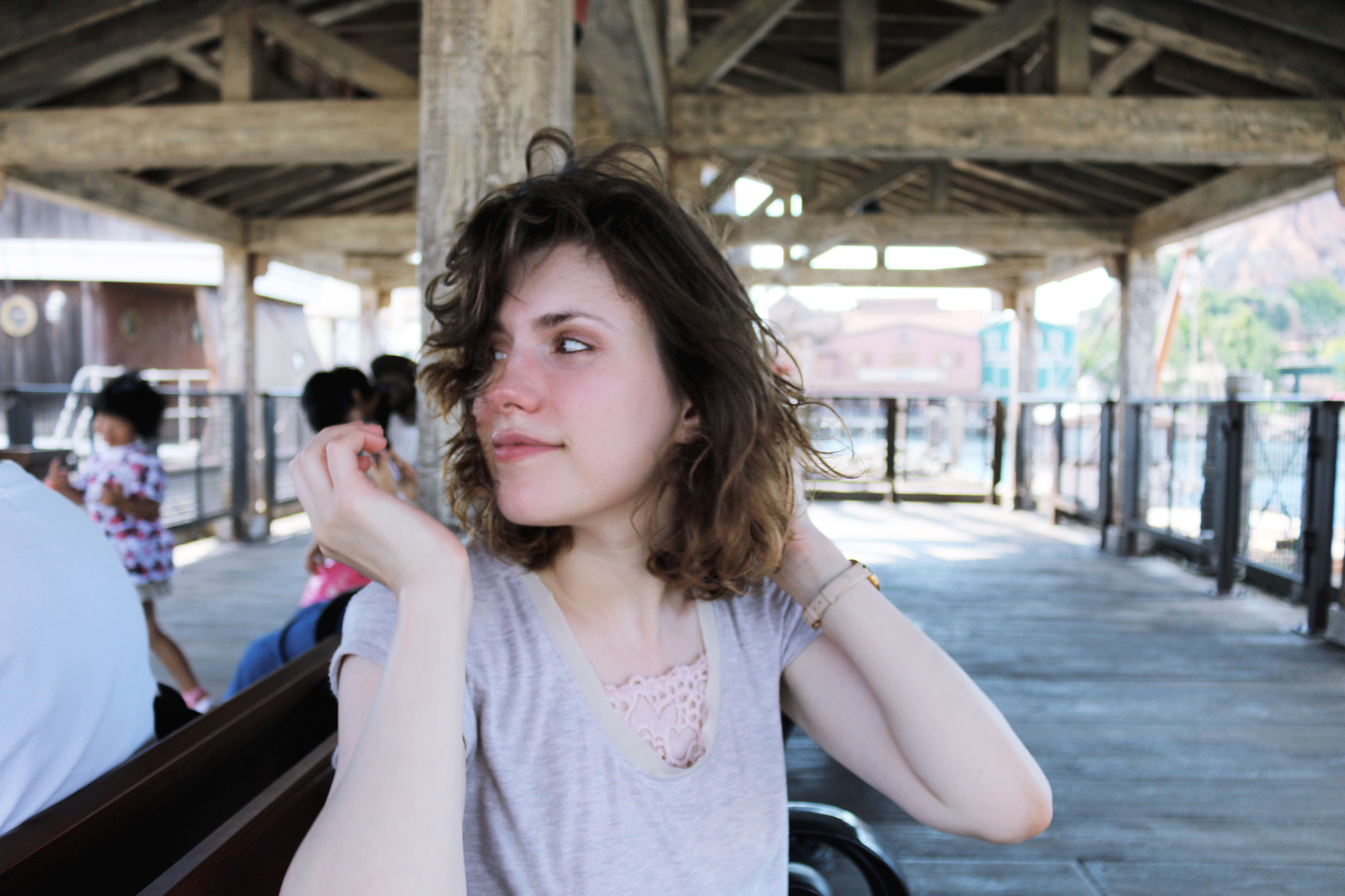









































































































































![IMG_2985[JS].jpg](https://images.squarespace-cdn.com/content/v1/556b80a8e4b0c3683a9ceacb/1437617980660-5GYB8FVER6WFDVLTYUHZ/IMG_2985%5BJS%5D.jpg)
![IMG_2988[JS].jpg](https://images.squarespace-cdn.com/content/v1/556b80a8e4b0c3683a9ceacb/1437617980994-01P0OJIE160Y5M2YMX9S/IMG_2988%5BJS%5D.jpg)
![IMG_6504[JS].jpg](https://images.squarespace-cdn.com/content/v1/556b80a8e4b0c3683a9ceacb/1437617992365-0ZVNTIHDYMYPF28N99MW/IMG_6504%5BJS%5D.jpg)
![IMG_6496[JS].jpg](https://images.squarespace-cdn.com/content/v1/556b80a8e4b0c3683a9ceacb/1437618001961-EFJFJP55THU15MXHM659/IMG_6496%5BJS%5D.jpg)
